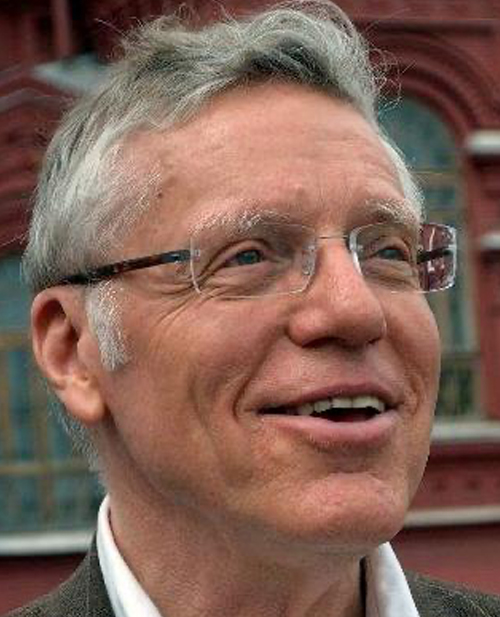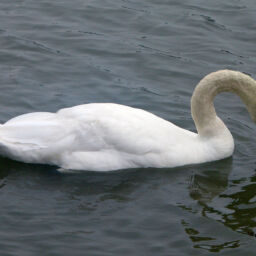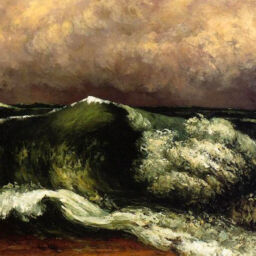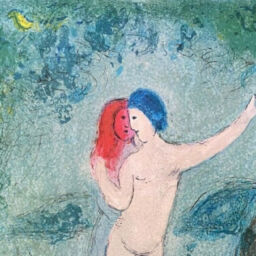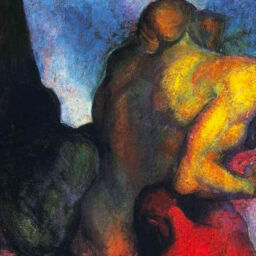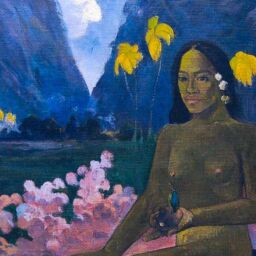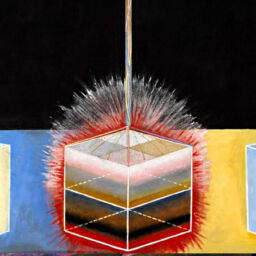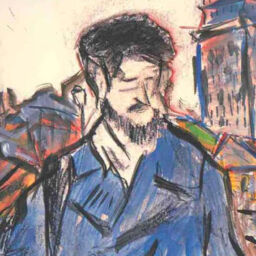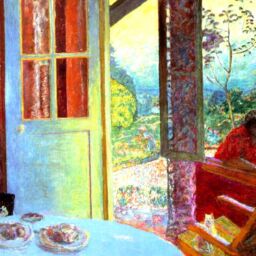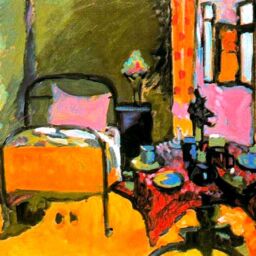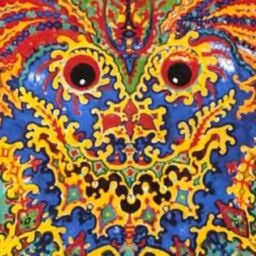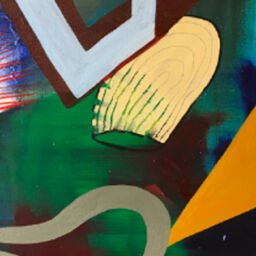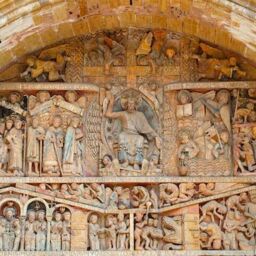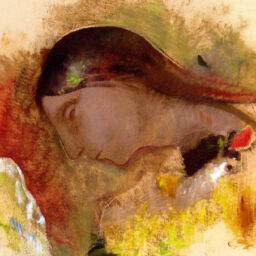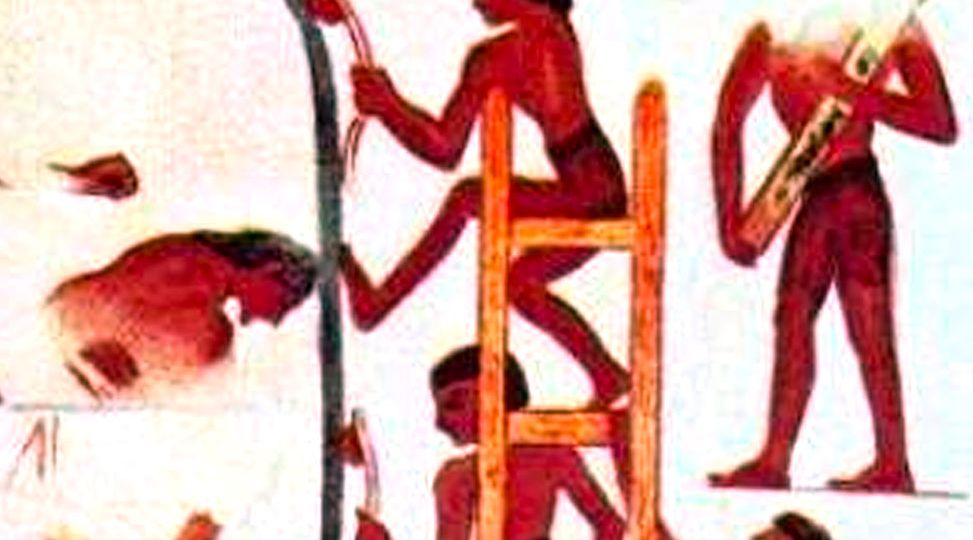
Cultural Attitudes
John Beebe, April 5, 2017
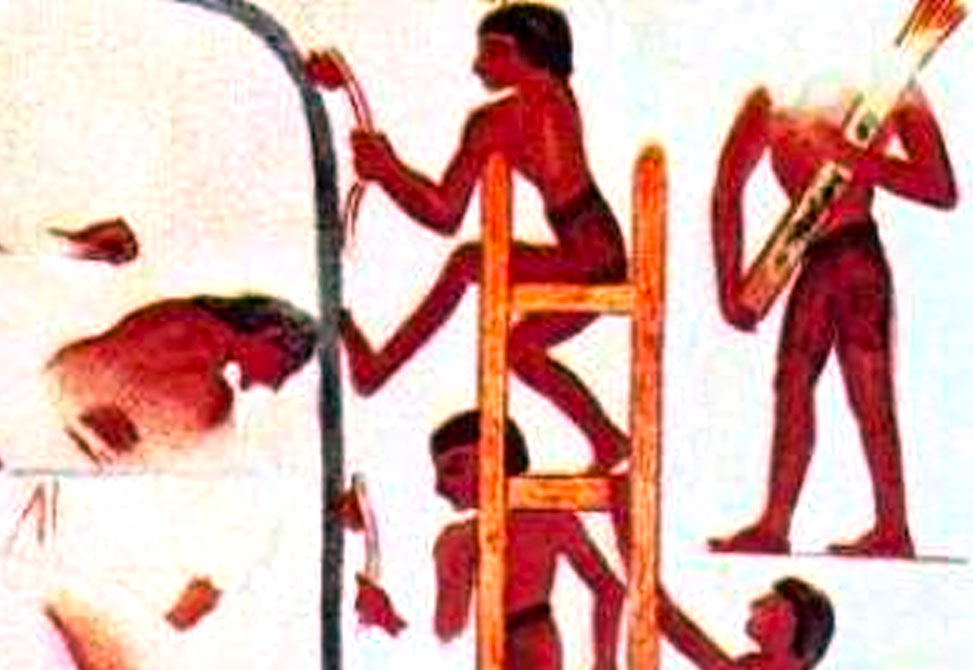
Every working psychotherapist comes to see the enormous anxiety that is generated by the need to take into account not just one’s own undiscovered self, whose particularities inevitably limit how one is going to try to cope with life, but also the equal reality of a culture, which can seem an unfriendly and unfathomable Other placing unfair demands for adaptation. Individuation is attractive as a therapeutic goal, but adaptation, even to a self that analytic work has brought into focus, can continue to be a challenge. I have come to feel that one of my jobs as a therapist is to help the person working with me develop an attitude that can negotiate culture comfortably. I have found that such an attitude, one adequate to bridge the gulf between irreducibly individual self and continuously demanding world, usually needs to be constructed, and that I need as a therapist to participate in the work involved. That this happens regularly within analytical psychotherapy was something Jung understood, and it certainly has been the miracle I get to witness with my own patients. When it occurs, and a cultural attitude rises up in the patient, I get the same sense of lift I get when I see an airplane take off and imagine the perspective that grants to the passengers aboard.
The theory of cultural attitudes that Joseph Henderson presented to the world in 1984, in his book Cultural Attitudes in Psychological Perspective, offers a theoretical matrix for understanding this miracle. Although Henderson himself felt a cultural attitude and a psychological type were two different things, I have found that having an understanding of the different types of psychological consciousness Jung identified in Psychological Types, gives us a sense of the building blocks out of which a cultural attitude is constructed. My own work, which can be found in Chapter 6 of my book Energies and Patterns in Psychological Type: The Reservoir of Consciousness, provides a model for how it is possible to stretch one’s native consciousness (one’s ‘psychological type’) to traverse the gulf between self and Other that a psychological bridge to culture will have to span.
Henderson named four basic cultural attitudes that he saw as already established before depth psychology arrived. These were the religious attitude, the philosophical attitude, the aesthetic attitude, and the social attitude. Naming, for his own post-Jungian time, a fifth cultural attitude, the psychological attitude, he argued that depth psychology gives us a new way to include culture that takes into account the needs of individuals already engaged in self-realization to find an adaptation that does not undo the individuation that has become a way of life for them.
The religious attitude is achieved by bringing together the universality of introverted intuition with the embodied specificity of introverted sensation. The philosophical attitude arises out of the union of introverted feeling and introverted thinking—drawing together a test of values and a test of truth. The aesthetic attitude is born from the conjunction of extraverted sensation and extraverted intuition, a combination of sensory appreciation with excitement in what is new and has legs. The social attitude emerges when extraverted feeling’s concern for the welfare of others is married to extraverted thinking’s need to organize people in the service of a shared goal.
The psychological attitude that Henderson posits exists, I believe, in another dimension from the others. It arises not from stretching together two types of consciousness that are normally difficult to combine, but from recognizing and equally valuing all eight types of consciousness—the very thing that most of us who study psychological types hope to achieve, however imperfectly we manage to hold to it.
That “The Stretch of Individual Typologies in the Formation of Cultural Attitudes” is chapter six in my book turns out to be synchronistic with the process by which a cultural attitude is achieved. Six, famously the number of sides to the hexagonal cells that make up a honeycomb, has long signified creativity within a Jungian numerology, and I can testify that stretching one’s typology to achieve a cultural attitude that suits one is a creative process of construction, no less arduous than designing and constructing any bridge. It is the creativity needed to sustain this process that I am always hoping to release in my patients. From what emerges when that effort is successful, I have come to see that the absence of such a cultural attitude when therapy began was the problem that had driven the person to seek my help.
My hope is that contemplating cultural attitudes as expanded consciousness will take you somewhere other than just to the structure of the self and the exploration of the cultural complexes that complicate our way of holding and defending self-experience. I’m hoping you will be led into the mystery of how self figures out how to relate in a useful way to the culture around it, so that that culture will not remain quite so Other, and thus so continually vulnerable to the projection of our complexes, both personal and cultural. To put the matter more positively, I hope exploring this subject will lead you to see something fresh and practical about the psychological development necessary to form a conscious relationship to your cultural context.
References
Beebe, J. (2016). Energies and patterns in psychological type: The reservoir of consciousness. London, UK: Routledge/Taylor & Francis.
Henderson, J. (1984). Cultural attitudes in psychological perspective. Toronto, CA: Inner City Books.
Image
Egyptian soldiers besieging a walled city [Egyptian tomb painting]. From Bible Archaeology by Elizabeth Fletcher.


